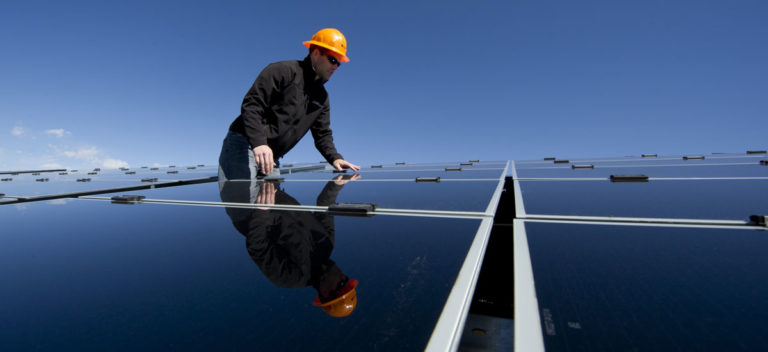Over the last 7 years, renewable energy has managed to become the largest coal tax revenue beneficiary in India.
It was recently revealed by the Ministry of Finance that the government has allocated almost a sum of Rs 12,430 crore, which is equivalent to $1.8 billion to the Ministry of New & Renewable Energy from the National Clean Energy Fund during the period 2010 – 2011 and 2016 – 2017. The NCEF (National Clean Energy Fund) was sadly replenished due to the excess tax levied on every single tonne of coal, which was mined or imported to India.
In the year 2010, the coal cess was introduced at a mere Rs 50 per tonne, but later the price was increased subsequently to the present amount of Rs 400 a tonne.
This coal cess revenue is now being utilized for other areas of development like river and water resource development, sanitation and drinking water and also in the forest and environment sector. Over the past 7 years, the sectors have collectively received a sum of Rs 5,039 crore, which is around $750 million.
Over the last 7 years, a total of Rs 54,336 crore (i.e. $8 billion) was raised as revenue from coal cess, out of which only 40 per cent was transferred to the National Clean Energy Fund (NCEF). It is one among the many reasons why Indian government is criticized for misusing coal cess revenue.
The Indian govt. has the aim of achieving at least 100 GW of operational solar energy capacity by the end of March 2024. With a high target to achieve, it is not really understandable as to why the Indian government is not allocating the necessary revenue for the implementation and construction of solar power parks and solar roof top panel system project.
In the year 2014, there were media reports stating that about $200 million is estimated to be invested in a solar power park that would have a capacity of 1,000 megawatts. This solar park was planned by none other than the Solar Energy Corporation of India. It is planned to be located in Mehboobnagar in the state of Andhra Pradesh.
A sharp jump is expected in allocation of revenue in the implementation and set up of the solar power park. Recently, the government said that their target was to start solar parks ranging from 20 GW to 40GW.
The uprising of renewable source of energy can finally solve the energy crisis by replacing fossil fuels. The future of the renewable energy is bright only if appropriate steps are taken by the government and public in general.

